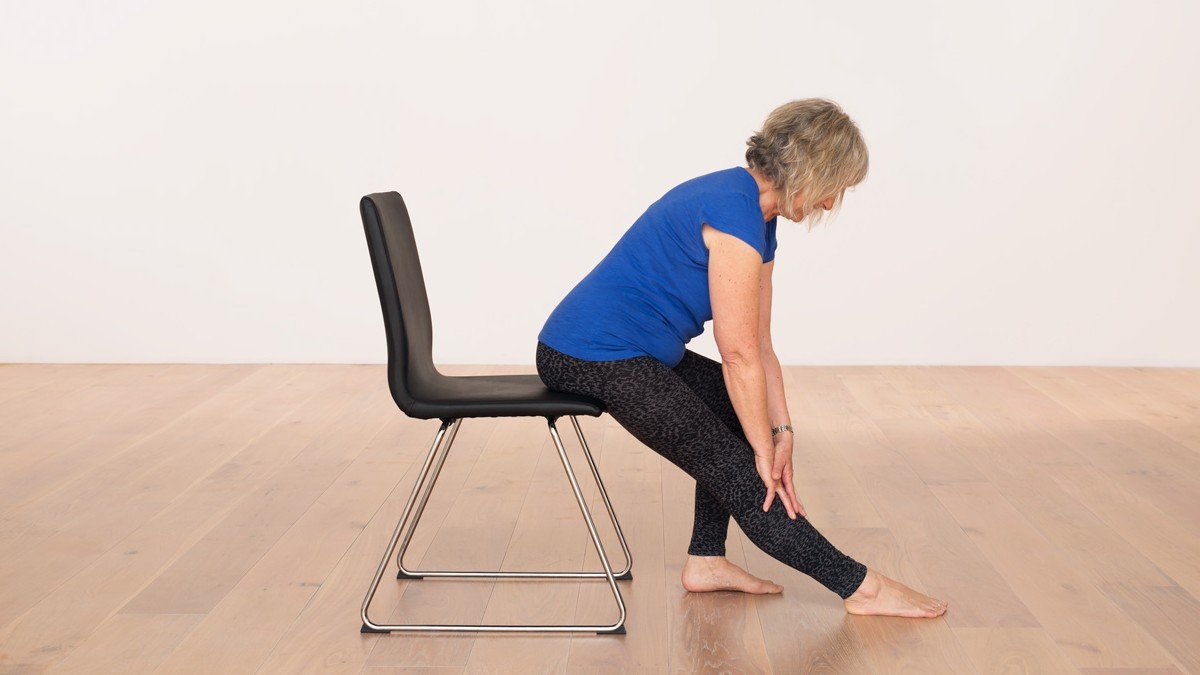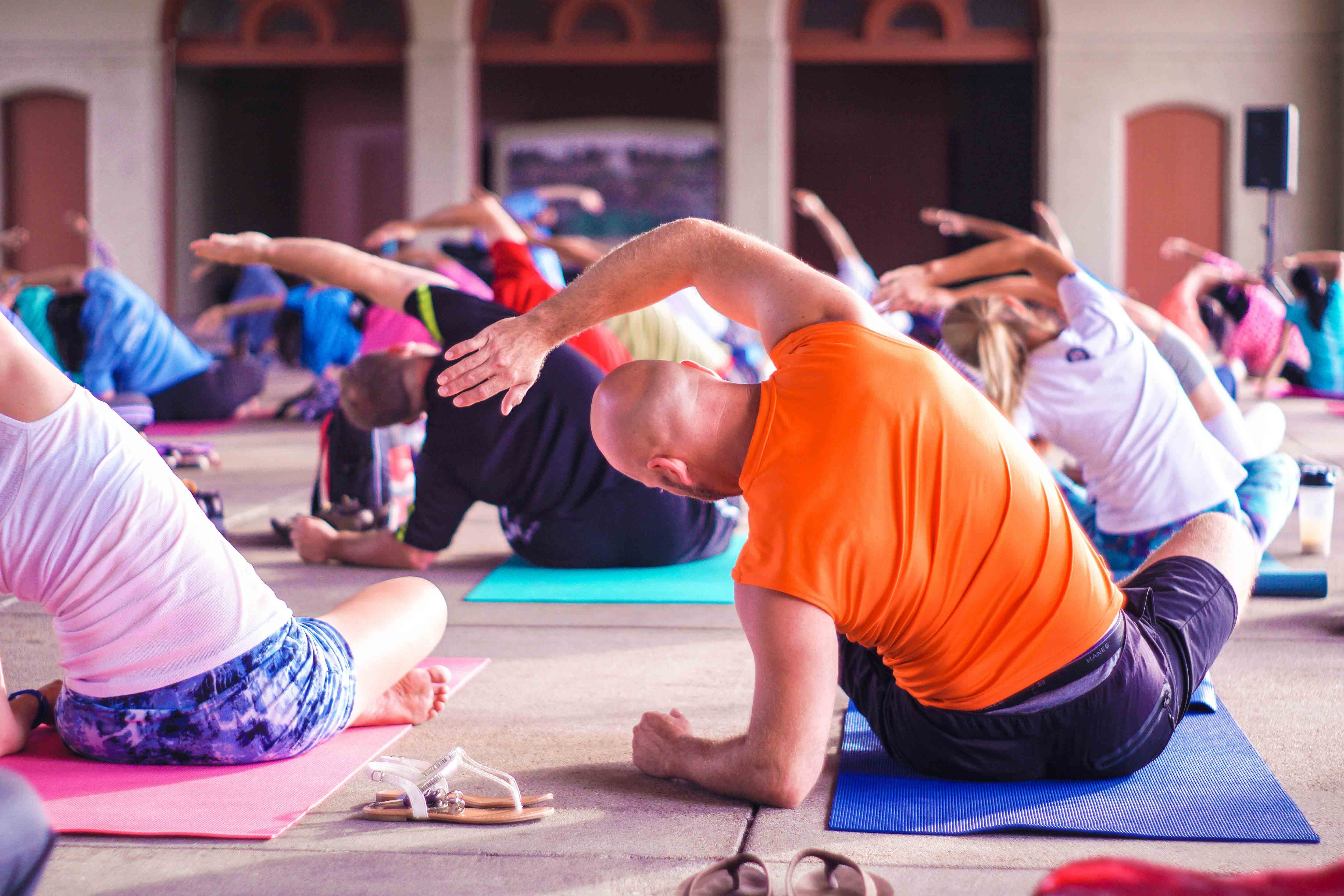
Safety of your body is one important tip in yoga. You need to stretch frequently to prevent injury, and you need to listen to your body during asanas. You should avoid straining or jerking in order to perform asanas. Relax your mind and body by doing asanas after class.
Stretch frequently to decrease the risk of injury
Regular stretching can reduce the risk of injury by lengthening or loosening the muscles. This will make them more resistant to tearing while exercising. It is important to hold stretches for at least 20 seconds. This will prevent muscles from bouncing when you are doing a stretch.
Yoga requires flexibility and strength. Over-stretching can cause injury or worsen an injury. There are many yoga classes that offer varying levels of intensity. Some include intense physical training, others gentle stretching. To avoid injury, you should choose a class appropriate for your level. Also, make sure to stretch regularly to avoid overexertion.

Listen to your body
Listening to your body is one of the most important principles of yoga. Respecting your limits means not letting your ego, ambition, or desire dictate how far and deep you can push yourself. It is important to pay attention when you are trying to do a pose in yoga, particularly if it's a challenging one or a new position. Your body's edge is a good guideline. Your edge is the point at which you can achieve maximum expression from the pose. This will vary depending on many factors.
You may need to change your pose if it is painful or doesn't produce the desired results. You could end up harming yourself more than you began if you ignore your body’s signals. This is especially true in yoga classes, which are designed to be challenging.
To achieve asana, don't strain or jerk.
When doing asanas, be sure to maintain proper alignment. It is especially important to not strain your back or jerk in order to reach a pose. Keep your motion smooth and relaxed all the time. For example, don't jerk or strain to achieve the Bridge Pose. This could cause back pain.
Muscle fascia, the third connective tissue which affects flexibility, is the second. It makes up nearly 30 percent of the total mass of a muscle, and contributes about 41 percent of the muscle's resistance to movement. It separates individual muscle fibers into bundles that transmit force. Paschimottanasana teaches you how to do asana without straining or jerking.

Practice after class to relax
After your yoga class, try to unwind by reading a book. Reading can help relax you while also helping to manage stress levels and your mental health. This is especially important if your yoga practice takes place in a drafty environment. After yoga, you'll be glad you gave yourself time to wind down.
Most yoga classes concentrate on stress reduction and muscle strength. Although this is beneficial for the body, it can also be tiring. Restorative poses are slow movements that combine props and yoga. This allows practitioners to hold the poses for longer periods of time, which helps calm the mind and body.
FAQ
What are the benefits of yoga for beginners?
Yoga can help you improve your posture, flexibility and strength as well as your breathing control, relaxation, mental clarity, and overall posture. Yoga can help you become more aware of your surroundings, yourself and others.
Yoga helps you live your life fully. Yoga teaches you to listen to your body. Acceptance of yourself is something you learn. Learn to let go of tension and stress.
You can relax and enjoy the journey of life.
How long do yoga lessons last?
Most yoga classes last 45 to 90 minutes. Some teachers offer shorter or longer sessions, at different times during the week.
What is the difference between yoga and pilates?
Both pilates, and yoga, are both effective exercise programs. However they work differently. Both are based on stretching but yoga emphasizes poses that strengthen your core muscles.
Pilates emphasizes core strengthening and balance. It's important that you know that yoga can be used as a complement to pilates.
Can I do yoga every day as a beginner?
Yoga is a great way for you to stretch out and strengthen your body. It can also help you relax, and it can even help with stress relief. To start yoga regularly, you don't need to be an expert. Beginners should practice yoga for 20 minutes three times per week.
This will give you enough time to get started. After that, you can gradually increase the time you spend practicing.
What does yoga do for your mental health?
Yoga is an ancient practice that originated from India. It was originally used to help people relax and relieve stress. Many people practice yoga today to combat anxiety, panic attacks, depression, insomnia, chronic pain and other conditions.
Yoga can also help with physical symptoms like headaches, backaches and arthritis. Many who have done yoga report feeling calmer, happier.
Statistics
- About one in seven U.S. adults practiced yoga in the past 12 months, according to a 2017 national survey. (nccih.nih.gov)
- Gentle yoga has been shown to ease some of the discomforts of tender, swollen joints for people with arthritis, according to a Johns Hopkins review of 11 recent studies. (hopkinsmedicine.org)
- According to calorie estimates calculated at Harvard Medical School, the average 125-pound person burns about 120 calories in a half hour of hatha yoga, and a 185-pound person burns about 178 calories in that half hour. (everydayhealth.com)
- Start your Fall off right with 20% off All Access Membership when you sign up by 9/25! (corepoweryoga.com)
- The American Psychological Association recently shared that 84% of American adults feel the impact of prolonged stress (5). (healthline.com)
External Links
How To
Can I do yoga during pregnancy?
Being pregnant can impact your ability to perform certain poses safely. Before you start a new exercise program, consult your doctor.
There are still many poses that you can do during pregnancy. These are some ideas:
-
Pregnant women shouldn't lift weights above shoulder level. Instead, opt for dumbbells and lightweight resistance bands.
-
Avoid deep twists, as these could put pressure on your belly.
-
Avoid backbends up until you have your baby. These can cause excessive strain on your lower back.
-
Before you deliver your baby, make sure to not sit on your stomach or cross-legged until the delivery.
-
Your doctor will have to approve you before you attempt inverted poses, such as handstands and headstands.
-
Limit your practice to 30 minutes per day.
When you're ready, you can continue doing yoga throughout your pregnancy. Your doctor will advise you on when you are ready to practice yoga.